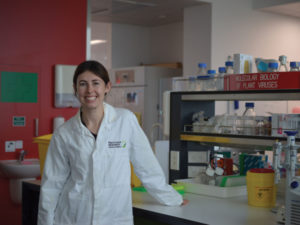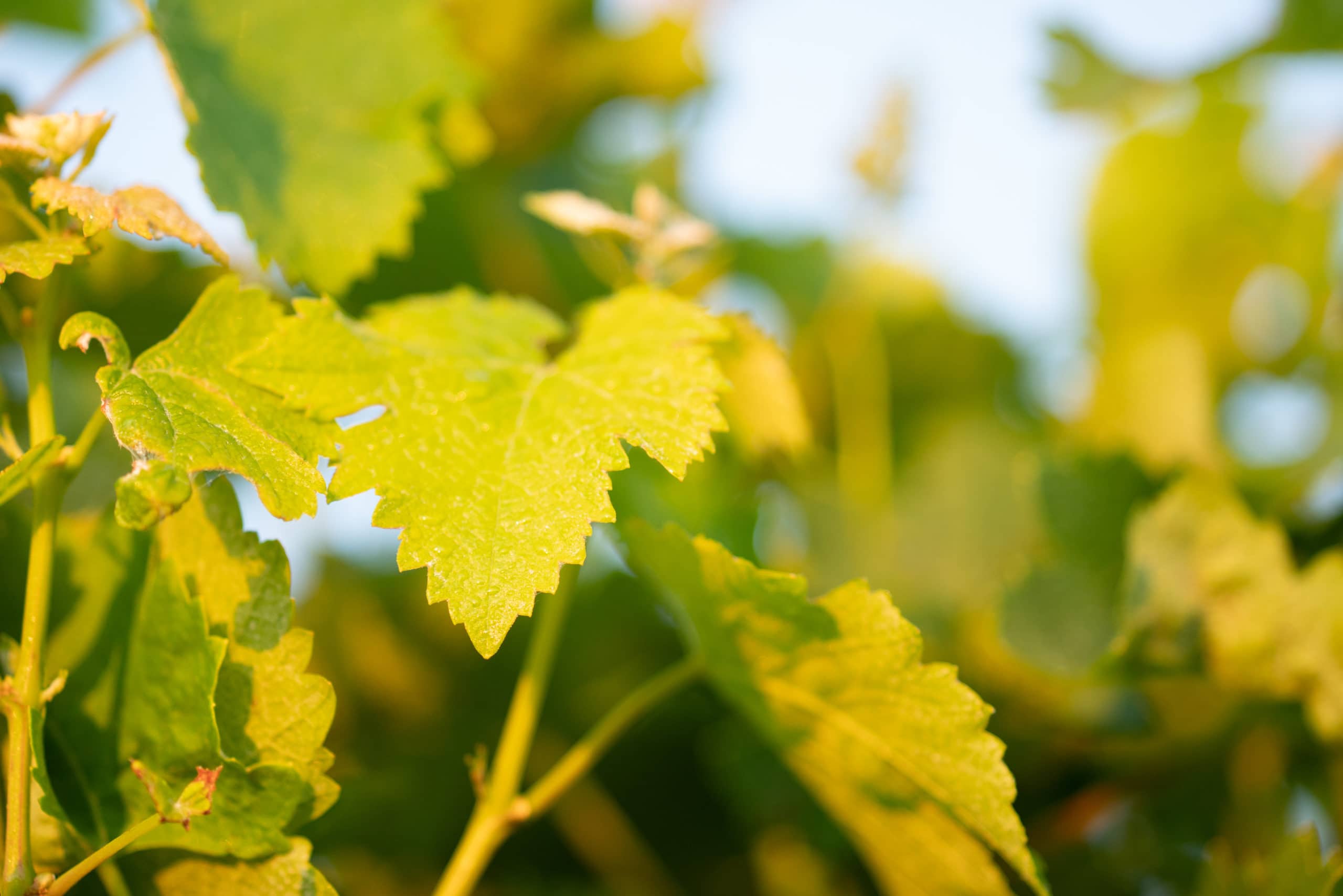Written by Sophie Preece
Offering mealybugs a “delicious snack” beyond the vines could help slow the spread of virus through New Zealand vineyards, says Plant & Food Research Associate Rebecca Gough.
 Rebecca has been working on a mealybug project in the seven-year Vineyard Ecosystems Programme, assessing the viability of tempting the vector away from vines and into a cleansing crop. “We’re thinking about the virus in the context of the ecosystem,” she says.
Rebecca has been working on a mealybug project in the seven-year Vineyard Ecosystems Programme, assessing the viability of tempting the vector away from vines and into a cleansing crop. “We’re thinking about the virus in the context of the ecosystem,” she says.
Mealybugs are known to spread grapevine leafroll-associated virus 3 to healthy vines, which can delay harvest, reduce sugar accumulation and lower fruit quality. But the Vineyard Ecosystems research has ascertained that mealybug can shed the virus altogether if they feed on a non-infected plant such as clover for at least 16 to 20 days.
Offering the mealybug “a more delicious snack” can interrupt the transmission cycle, Rebecca says, noting that as few as five days on a clover crop can reduce the number of infected mealybug and mitigate the spread of virus to healthy grapevines.
The project team used clover in their lab and glasshouse trials because of existing knowledge about mealybug’s attachment to clover habitats, and because many New Zealand vineyards were formerly farmland or have a lot of clover nearby. “We were able to find that clover doesn’t host the virus,” Rebecca says. “It is really important to be confident about that.”
She says the work will tie in with other threads of the programme, from soil biota counts to vine vigour, and offers the possibility of another “tool in the belt” for growers. It could also shift thinking about ground cover plants, including clover, in vineyards. “It’s exciting to see this shift,” she says, while warning that the research will need to progress beyond the glasshouse and into vineyard blocks before they can make any recommendations.
Rebecca has also looked at viral distribution around the Vineyard Ecosystem Programme sites and assessed how that has changed over time. The researcher has long been fascinated by the responses of plants to threats. “They can’t leave when they’re under threat. They have to stay where they are and that means they have very interesting responses,” Rebecca says. “Plants have to be very resilient and adapt.”
That fascination led her to study plant molecular biology, and develop diagnostic talents that help her find diseases, including virus in grapevines, and assess disease locations and movements in a vineyard. It’s about using tools in the lab – including DNA sequencing and antibody analysis – to “read the landscape”, she says.
“Plants can’t speak to us but with the right tools we can learn their language.”
She’s been “hugely” excited by the extension of her work to mealybugs as vectors, working on a holistic solution in lieu of a “silver bullet”. Rebecca says there’s a lot happening in the diagnostic space, with constant improvements in the science behind the analysis. Meanwhile, the nature of the plant diseases is dynamic as well, “so we have to keep on our toes”.

















